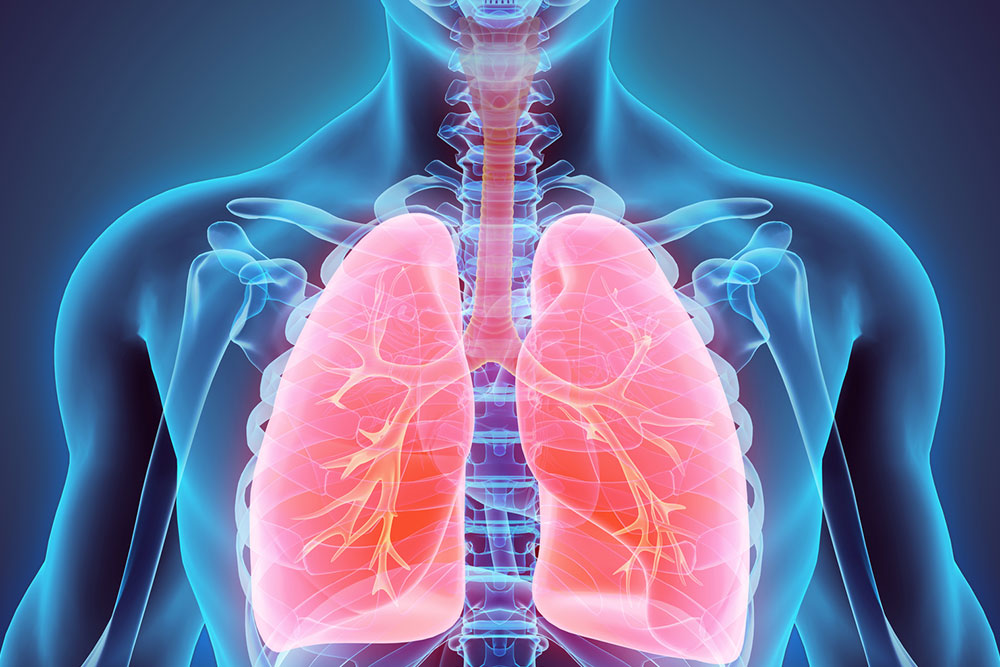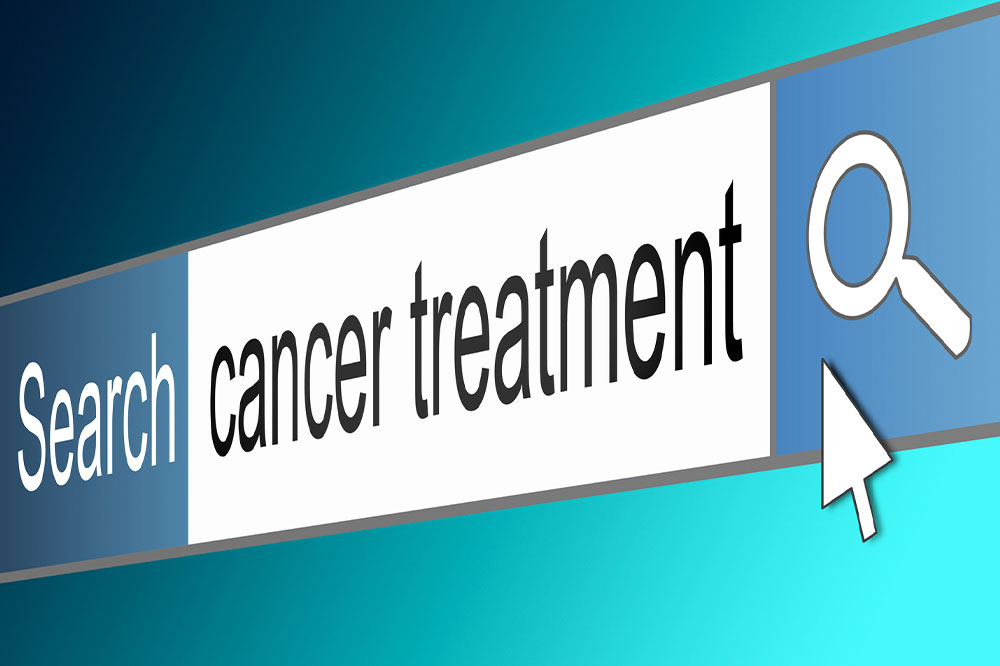Comprehensive Guide to Non-Small Cell Lung Cancer (NSCLC): Symptoms, Risks, and Treatment Strategies
This comprehensive guide dives deep into non-small cell lung cancer (NSCLC), covering its symptoms, risk factors, progression, and modern treatment options such as immunotherapy and neoadjuvant therapy. Learn how early detection and advances in medicine are improving prognosis and survival rates, along with key information on managing metastatic NSCLC. Essential for patients and caregivers, this article emphasizes awareness and proactive health measures for effective lung cancer management.

Comprehensive Guide to Non-Small Cell Lung Cancer (NSCLC): Symptoms, Risks, and Treatment Strategies
Non-Small Cell Lung Cancer (NSCLC) represents the vast majority of lung cancer cases worldwide, accounting for approximately 80 to 85% of diagnoses. Its high prevalence underscores the importance of understanding this disease, from early warning signs to advanced treatment options. NSCLC develops when abnormal cells in the lung tissues grow uncontrollably, leading to tumors that can invade surrounding tissues and metastasize to other parts of the body. Recognizing the symptoms and knowing the available treatment options are vital for early detection, which significantly improves prognosis and survival rates.
Understanding the complexities of NSCLC involves exploring its symptoms, risk factors, staging, and modern treatment options. The disease progresses in various stages, and treatments range from surgery and chemotherapy to targeted therapies and immunotherapy. Advances in medical research continue to improve outcomes for patients diagnosed with NSCLC, making it crucial to stay informed about the latest developments.
Below are detailed answers to common questions about NSCLC, highlighting early warning signs, progression, specific therapies, and risk factors:
What are the early signs of NSCLC?
Detecting lung cancer early can significantly impact treatment success. However, early symptoms are often subtle and easily overlooked. Common early signs include:
Changes in cough patterns, such as increased frequency or severity
Alterations in sputum, like color change or increased production
Persistent chest, back, or shoulder pain that doesn't improve
Presence of blood in cough or phlegm (hemoptysis)
Recurrent respiratory infections such as bronchitis or pneumonia
Shortness of breath or wheezing
Unexplained weight loss and fatigue
How does metastatic NSCLC manifest?
When NSCLC advances to later stages, the cancer cells may spread beyond the lungs to other parts of the body, leading to a range of systemic symptoms. Metastatic NSCLC often involves the brain, bones, liver, and lymph nodes. Symptoms vary based on the affected organs but commonly include:
Persistent fatigue and weakness
Significant, unexplained weight loss
Bone pain, fractures, or swelling
Neurological issues such as headaches, memory loss, or neurological deficits
Swelling or lumps in the face and neck due to lymphatic obstruction
Jaundice or abdominal pain if the liver is involved
What is neoadjuvant therapy in lung cancer treatment?
Neoadjuvant therapy involves administering chemotherapy, targeted therapy, or immunotherapy before surgical intervention. The primary goal is to reduce tumor size, making surgery more effective and less invasive. Neoadjuvant treatments also help eliminate microscopic disease that might not be detectable with imaging. They are particularly useful in cases where tumors are initially considered unresectable or borderline resectable. If tumors do not respond adequately, alternative treatment plans, including radiotherapy or targeted drugs, are explored.
How does immunotherapy differ from traditional treatments?
Immunotherapy has revolutionized lung cancer treatment by harnessing the patient's immune system to fight cancer cells. Unlike chemotherapy, which directly targets rapidly dividing cells, immunotherapy promotes immune system activation and recognition of cancer as foreign. It often results in fewer side effects and can lead to long-lasting remissions in some patients. Drugs such as checkpoint inhibitors (e.g., pembrolizumab, nivolumab) are commonly used in advanced NSCLC, particularly when tumors express specific biomarkers like PD-L1.
What are the major risk factors for developing NSCLC?
Understanding the risk factors associated with NSCLC can aid in prevention and early detection. Key risk factors include:
Smoking tobacco, responsible for approximately 87% of lung cancer cases. Long-term smoking damages lung tissues and causes genetic mutations.
Exposure to secondhand smoke, which also increases lung cancer risk, especially in non-smokers.
Environmental pollutants such as air pollution, radon gas, asbestos, and industrial chemicals.
Radiation exposure from occupational hazards, medical imaging, or environmental sources.
Genetic predisposition and family history of lung cancer.
Previous history of lung disease or other cancers that may elevate risk.
Advances in screening technologies, like low-dose CT scans, have made early detection of NSCLC more feasible, especially for high-risk populations. If detected early, the prognosis improves substantially, emphasizing the importance of risk assessment and proactive health strategies.
In conclusion, understanding non-small cell lung cancer—from its early signs to its advanced treatment options—is critical for patients, healthcare professionals, and caregivers. Continuous research and technological improvements are steadily enhancing the therapeutic landscape, offering hope for better outcomes and quality of life for those affected by this disease.





